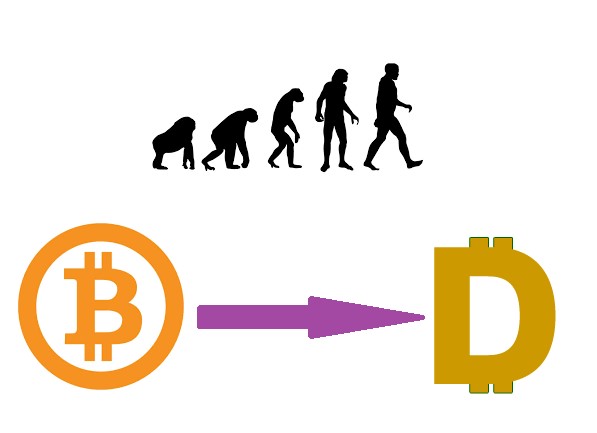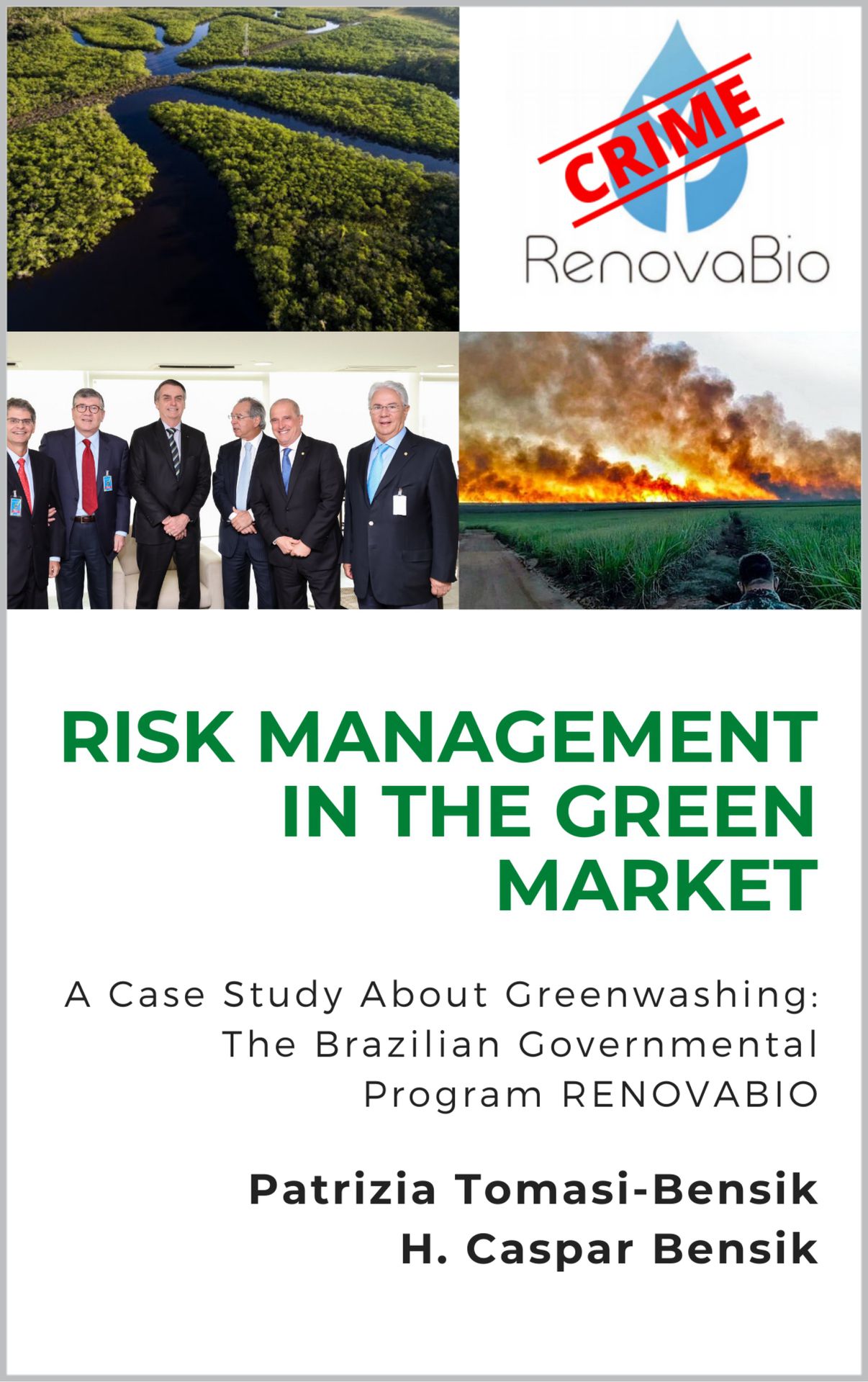Planck E PressCenter Articles
The Evolution of Money
Date published: 2022-11-04
Date modified: 2022-11-04
Reading time: 00:03:59

“Everything is bold to those who dare nothing.”
Fernando Pessoa
The economy started with the creation of agriculture. Up to that point, hunter-gatherers lived more or less in the same situation, hunting food daily and using animal skins for clothing. Barter was the natural means of supplying needs.
With the emergence of agriculture, things begin to change. Those who planted wheat did not use all the harvest to make bread and other products since leftover grains could be stored and exchanged at a future date. The accumulation of wealth began. The grains were not so easy to transport, and someone had the idea of depositing them all in the same warehouse, giving a receipt to the owner, and charging a small fee to ensure surveillance.
Over time, the landowner did not have to remove part of the grains each time, and he could trade them for another commodity, exchanging only receipts. The convenience of this situation led the landowner to expand his plantation and, to this end, hire labor. Realizing that the simple possession of the land immensely facilitated his life, the focus of the landowner- turned-Lord, became the extent of his heritage. There was no more time for daily tasks, and thus the need for servants to prepare food, tend to clothes, and plant crops. During the transition phase, hunter-gatherers started adapting to new functions, giving rise to the concept of professions. Some occupations were better than others. The tailor, the butcher, and all the other professionals began accumulating grain receipts that the Lord of the land had deposited in the warehouse.
But even though they lasted for some time, the grains perished and needed to be replaced with something more durable. Of course, food has always been one of the most sought-after products, especially meat. However, without refrigeration meat decayed, leading to the solution of salting. Thus, salt became the new exchange unit. To further strengthen its currency position, salt extraction required investments and specialized labor, it was relatively scarce and much sought after. The monetary function of salt consolidated, and yet it was still not ideal.
The use of metals in manufacturing coins became characterized by the apprehension of materiality.
At first, the metal coin represented exactly its value, and copper was the first metal used in its minting. Because of the inequalities of the economy, with the growing disparity between rich and poor, the game rules had to be established, and they were first put in place by Solon in 600 BC Athens.
At that time, the majority had fallen into poverty and wanted forgiveness of their debts and a plot of land where they could start over. However, distributing land would represent damage to the wealthy, which was not an ideal solution either. Thus, Solon decided to keep only one side of the plea and use public money to pay for the debt. The problem was that there was not enough money to go around. The solution was to decrease the number of noble metals in the minting process, mixing them with more common alternatives and increasing the volume of available money without resorting to more silver. As the people trusted their government-issued currency, the tactic worked out, and in his subsequent political move, Solon created democracy.
The simple fact is that the basis of our economy is faith, and the balance of available money is very tenuous, making room for the most sophisticated and complex economic theories.
So far, the economy has been grounded on prodigality: more products, more consumers, more, more, more. What has not been taken into account since the Industrial Revolution is that this unbridled consumerism charges its toll. And alas we arrive at the modern human being, the only living organism in the chain of life to produce trash.
In 1802 we reached the mark of 1 billion people on the planet. By 2050, we will be 10 billion. If China and India continue to grow at current rates, what will life be like in 2025? Sixty-five percent of the water in China is contaminated. The mouth of the Ganges river is completely obstructed, with colossal volumes of garbage it receives daily. Many species are threatened, the Pacific Ocean has a large garbage stain, with an estimated 150 million tons of waste, while the Atlantic also has its enormous island of garbage. Until recently, the highest mountain in the east of the USA was formed by the Fresh Kills landfill in Staten Island. In absolute volumes, the per capita production of garbage in the US is around 500 tons per year!
This is because humans do not contemplate natural resources in their balance sheets.
In his book The Wealth of Nations, written in 1776, Adam Smith proposed the concept of Diseconomy as the cost of our production cycles to Nature. Since then, numerous proposals for the parameterization of these costs have emerged, but due to the linearity of approaches, such propositions have been inadequate, given the complex, three-dimensionality of the world.
Two hundred and forty years after Adam Smith, Zero2Nature presents the monetization of the diseconomies with a simple question: what is the proposed scenario in which we establish the cost of a production cycle for Nature?
Following the contextual rationale, Zero2Nature developed the Environmental Impact Potential or EIP, which allows for monetizing any anthropic productive cycle within 104 different scenarios.
Within this system, the DTUcoin (or simply DTX), the first green currency of the planet, is minted, unblocking a US$50 trillion market per year.
Only, back in 2008, Bitcoin brought with it the novelty of a virtual currency. The first transaction made in Bitcoins was the purchase of a pizza for 50,000 BTC. What is the current value of that pizza? US$1 billion.
DTX is a green bitcoin that does not consume electricity, while Bitcoin uses the same amount of electricity as Singapore. A DTX becomes minted only when a human production cycle is proven ZerO2Nature.
What will the value of DTX be in 10 years?
Recent Presscenter Articles
-
The Parametrization of Science
-
A Scientific Impossibility
-
The Unsustainable Stability of the Atom
-
The Bell-Curve and the Neutron
Planck E - Books
For further information about Planck E PressCenter, please contact us.
Divulging ingenious solutions
The mission of the Planck E PressCenter is to promote ideas, products and theories that have not yet reached the mainstream, as captured in our first release Eccentrics and their Ingenious Solutions.
Newsletter
Sign up for our weekly Planck E Newsletter, complete with the latest ingenious solutions.
Click here for the signup form.
Submit your ingenious solution
We encourage you to submit your ingenious solution, article, press release or "out of the mainstream" technical idea for publication on the Planck E PressCenter. Please send us an e-mail to presscenter@planck-e.com and enquire how.
To learn more about holistic engineering, solutions inspired by nature, monetization of diseconomies, training courses or the incorporation of Being Data to your day-to-day, please follow us on the social networks.



